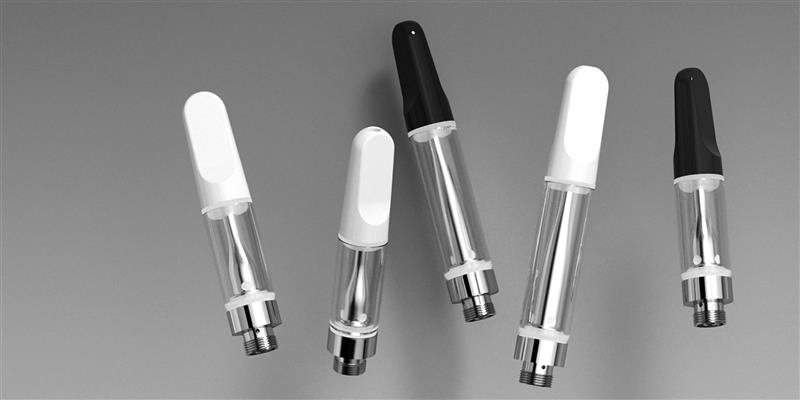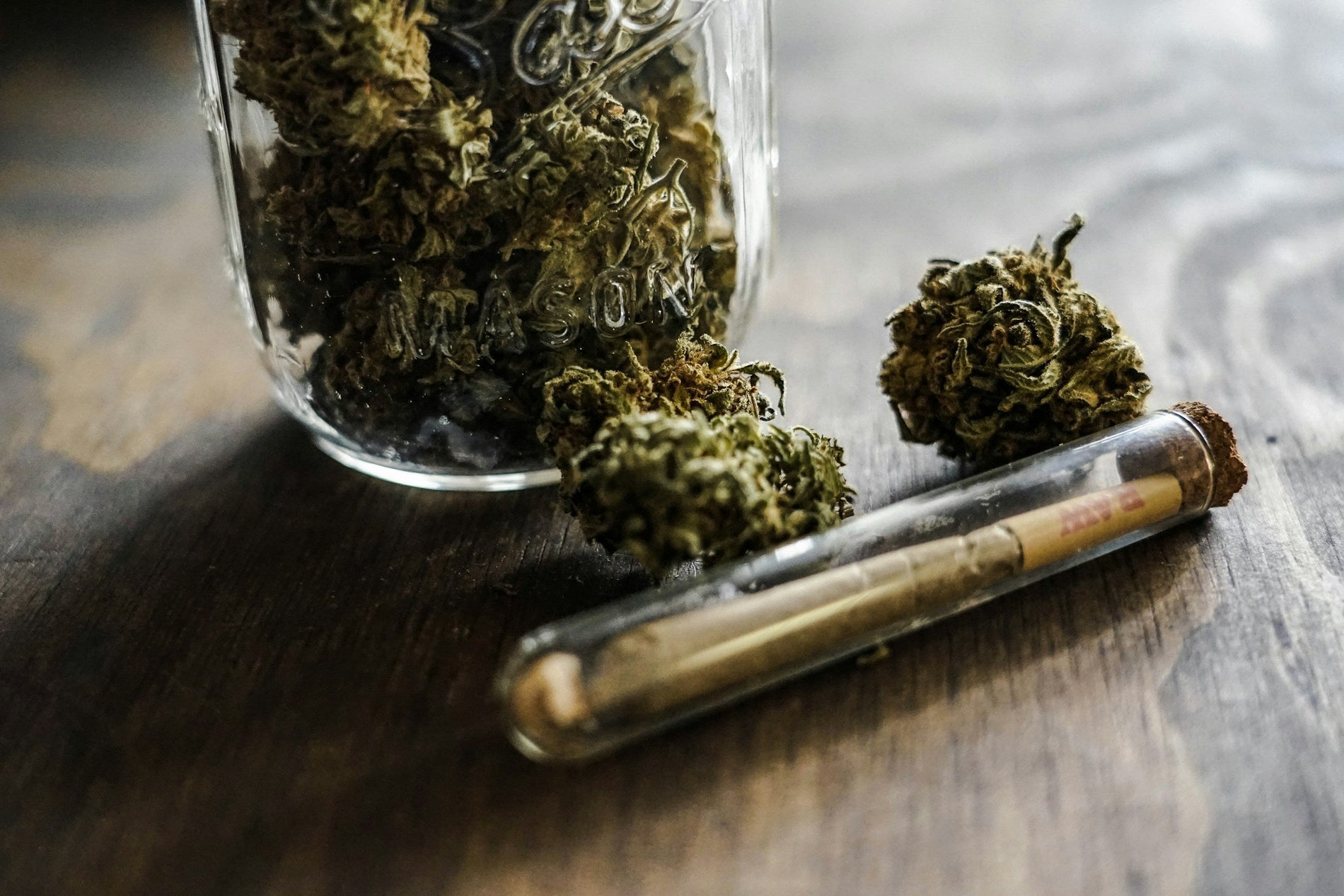Have you ever walked past a house and wondered if there's something interesting happening inside? Well, if you overhear the gentle hum of fans and catch a whiff of something earthy, you might be near a marijuana grow-up house. These spaces have been gaining attention for their unique purpose: growing cannabis indoors. But what exactly goes on inside these houses, and why are they becoming so popular?
In this article, we'll explore the ins and outs of a marijuana grow-up house. From understanding what these houses are all about to diving into the legal landscape and practical tips for anyone considering this path, we'll cover everything you need to know. So, buckle up and get ready to learn about this fascinating world!
What is a Marijuana Grow-Up House?
A marijuana grow-up house is essentially a residential property that's been converted into an indoor cannabis cultivation facility. These houses are designed to optimize growing conditions for cannabis plants, allowing growers to control variables like light, humidity, and temperature. Think of it as a high-tech greenhouse, but instead of being out in the open, it's tucked away inside a house. This setup allows for year-round cultivation, unaffected by outdoor weather conditions.
Why use a house for growing? Well, indoor growing offers several advantages. You can control the environment, keeping pests and diseases at bay more effectively. Plus, there's a level of privacy that comes with growing indoors, which can be appealing for those who prefer to keep their operations discreet. However, it's important to remember that while grow-up houses can be highly efficient, they require significant investment and expertise to run successfully.
Interestingly enough, the concept of growing marijuana indoors isn't new. Before legalization in many states, growers had to keep their operations under wraps, often resorting to indoor setups to avoid detection. As laws have evolved, so have the techniques and technologies used in these grow-up houses, making them a viable option for both personal and commercial growers.
Legal Considerations
Before you start planning your own grow-up house, it's crucial to understand the legal landscape. Cannabis laws can vary widely from state to state in the U.S., and what might be perfectly legal in one area could land you in hot water in another. Federally, marijuana is still classified as a Schedule I drug, meaning it's illegal. However, many states have legalized cannabis for medicinal or recreational use, each with their own set of regulations.
For instance, some states allow individuals to grow a certain number of plants for personal use, while others have strict licensing requirements for commercial operations. It's important to do your homework and ensure you're compliant with all local regulations. This might involve obtaining permits, adhering to zoning laws, and keeping up with any changes in legislation. Consulting with a legal professional who specializes in cannabis law can be a wise move to avoid any legal pitfalls.
Moreover, even if growing is legal in your state, there are often restrictions on where and how you can cultivate. For example, some areas might require you to keep your grow space out of public view or limit the number of plants based on household size. Staying informed and compliant not only keeps you on the right side of the law but also helps maintain the integrity of the cannabis community as a whole.
Setting Up a Grow-Up House
Setting up a marijuana grow-up house requires careful planning and investment in the right equipment. The first step is choosing the right location. Ideally, you'll want a space that's secure, has adequate power supply, and can be easily ventilated. Many growers opt for basements or spare rooms, as these spaces offer privacy and can be easily modified to suit growing needs.
Once you've chosen your location, it's time to set up your grow room. Here's a quick rundown of what you'll need:
- Lighting: Cannabis plants require specific light cycles to thrive. High-Intensity Discharge (HID) lights, LEDs, or fluorescent lights are popular choices, each with their own pros and cons.
- Ventilation: Proper airflow is essential to prevent mold and pests. This might involve installing exhaust fans, carbon filters, or air conditioning units.
- Temperature and Humidity Control: Maintaining the right climate is crucial. Tools like heaters, coolers, and humidifiers can help keep conditions optimal.
- Growing Medium: Soil, hydroponics, or aeroponics? Each method has its own benefits and challenges, so choose based on your expertise and goals.
- Watering System: Consistent and appropriate watering is key. Automated systems can help ensure your plants get the right amount of water at the right time.
Once your setup is complete, it's all about maintaining the environment and tending to your plants. Regular monitoring, adjusting equipment, and keeping a close eye on plant health are all part of the process.
Choosing the Right Strains
Choosing the right strain is like picking the right ingredients for a recipe. It can dramatically affect the outcome of your grow. Whether you're growing for medicinal purposes or recreational use, different strains offer different flavors, effects, and growing requirements.
When selecting strains for your grow-up house, consider the following:
- Space and Yield: Some strains, like Indica-dominant varieties, tend to be bushier and more compact, making them ideal for smaller spaces. Sativas, on the other hand, might require more vertical room.
- Climate Requirements: Certain strains thrive in specific conditions. If your setup runs hot, look for heat-tolerant strains. Similarly, there are strains that do better in cooler or more humid environments.
- Potency and Effects: Are you looking for high THC content or a more balanced THC to CBD ratio? Your desired effects will guide your strain selection.
- Growth Difficulty: If you're new to growing, consider starting with strains known for being hardy and forgiving. As you gain experience, you can experiment with more challenging varieties.
Research is your best friend here. Look up strain reviews, talk to other growers, and perhaps start with a few different strains to see what works best for your setup and preferences.
Maintaining Plant Health
Once your grow-up house is up and running, maintaining plant health becomes your main priority. Healthy plants lead to better yields and higher-quality cannabis. But how do you ensure your plants are thriving?
First, keep an eye on your plants' environment. Make sure your lighting, temperature, and humidity levels are consistent and appropriate for your chosen strains. Regularly check your equipment to ensure it's functioning correctly, and make adjustments as needed.
Nutrient management is also crucial. Cannabis plants require a balanced diet of nutrients, including nitrogen, phosphorus, and potassium, along with trace elements like magnesium and calcium. Over or underfeeding can lead to nutrient deficiencies, which manifest as discoloration, stunted growth, or other issues. Many growers use pre-mixed nutrient solutions to simplify this process, but it's still important to monitor your plants and adjust feeding as necessary.
Pests and diseases can be a grower's worst nightmare, but with vigilance and preventive measures, you can keep them at bay. Regularly inspect your plants for signs of trouble, such as unusual spots or wilting. Keeping your grow area clean and using pest deterrents like sticky traps or natural predators can help protect your crop.
Harvesting Your Crop
After months of care and attention, the time will finally come to harvest your cannabis plants. This is an exciting phase, but it's important to approach it with patience and precision to maximize your yield and quality.
Knowing when to harvest is crucial. Look for signs like the color of the trichomes (tiny resin glands on the buds). Most growers look for cloudy or amber trichomes, which indicate peak potency. Harvesting too early or too late can affect the plant's effects and overall quality.
The actual process of harvesting involves cutting down the plants, trimming the buds, and then drying and curing them. Proper drying and curing are vital for preserving the flavor, potency, and longevity of your cannabis. This typically involves hanging the trimmed buds in a controlled environment for a week or two, followed by storing them in airtight containers to cure for several weeks.
Remember, patience is key. Rushing the drying and curing process can lead to harsh-tasting cannabis that's less enjoyable to consume. Taking the time to do it right will pay off in the end.
Challenges and Common Mistakes
While setting up and running a marijuana grow-up house can be deeply rewarding, it's not without its challenges. One common mistake is underestimating the costs involved. From equipment to energy bills, the expenses can add up quickly. It's important to budget carefully and plan for unforeseen costs.
Another challenge is managing the learning curve. Growing cannabis is both an art and a science, and even experienced growers encounter setbacks. Start small, learn from each grow cycle, and don't be afraid to ask for advice from more experienced growers.
Overconfidence can also lead to issues. It's easy to think you have everything under control, but cannabis plants are living organisms with their own needs and quirks. Regular monitoring and adjustments are necessary, so stay attentive and adaptable.
Finally, don't overlook security. Even in legal states, grow-up houses can be targets for theft. Invest in good security measures, such as cameras, alarms, and secure entry points, to protect your investment.
Community and Resources
One of the best ways to improve your growing skills is to connect with the cannabis community. There are numerous forums, social media groups, and local meet-ups where growers share tips, experiences, and support.
Online resources like YouTube channels, podcasts, and blogs are also invaluable for learning new techniques and staying updated on industry trends. Books and courses can offer in-depth knowledge and structured learning paths for those serious about honing their craft.
Don't underestimate the value of networking. Attending cannabis events and expos can introduce you to industry experts and fellow growers, opening up opportunities for collaboration and knowledge exchange. Building relationships with other growers can provide a support system, especially when you encounter challenges or have questions.
Environmental Impact and Sustainability
As the cannabis industry grows, so does its environmental footprint. Indoor growing, in particular, can consume significant resources like electricity and water. Being mindful of sustainability practices can help mitigate some of the impact.
Consider implementing energy-efficient technologies, such as LED lighting, which uses less power than traditional grow lights. Water conservation techniques, like drip irrigation systems, can reduce water usage while ensuring plants get what they need.
Waste management is another area to focus on. Recycling and composting plant waste can minimize landfill contributions and even enrich the soil for future grows. Additionally, sourcing organic and sustainable nutrients can promote healthier plants and reduce chemical runoff.
By prioritizing sustainability, not only do you help the environment, but you might also find cost savings in your operations. Plus, as consumers become more eco-conscious, there may be a growing market for sustainably-grown cannabis.
Final Thoughts
A marijuana grow-up house can be a fascinating and rewarding endeavor, offering the chance to cultivate high-quality cannabis in a controlled environment. From understanding the legal landscape to mastering the art of cultivation, there's a lot to consider and learn. But with the right approach and resources, it can be a highly satisfying pursuit.
When it comes to packaging solutions for your cannabis, Gamut is here to help. With over a decade of expertise in packaging for consumer goods, Gamut provides a full range of packaging solutions—from design to delivery. Whether you're looking for stock options, custom designs, or industry-specific solutions, Gamut runs the gamut to meet your needs, making your brand unforgettable in any market.



















